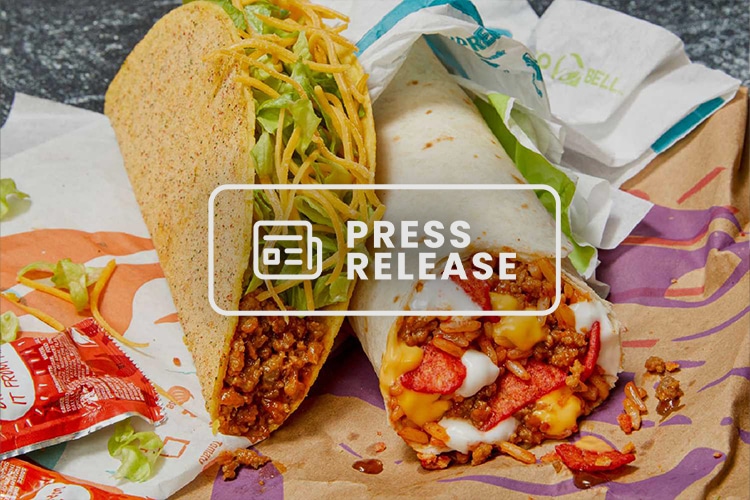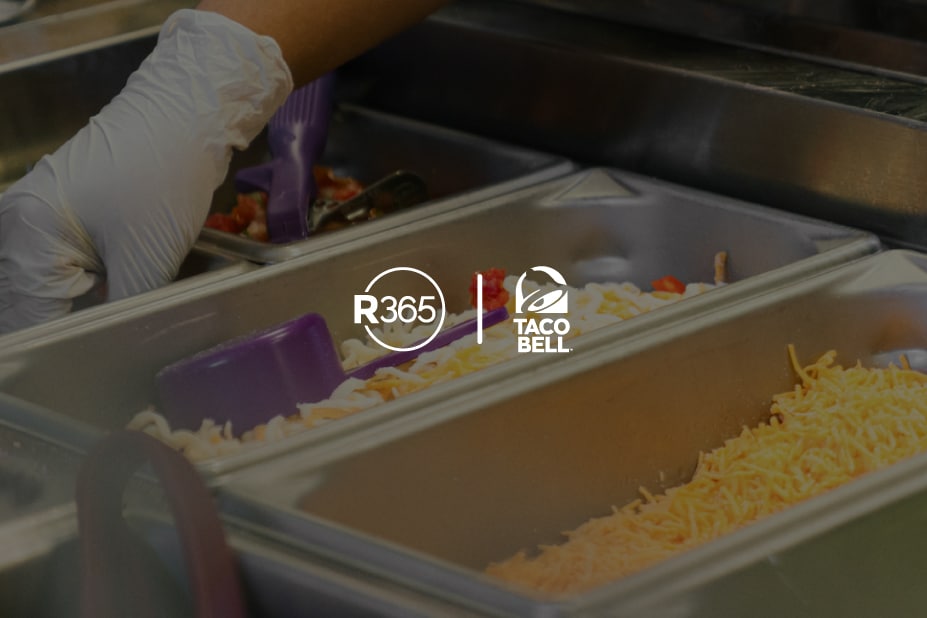 Running a profitable business in the hyper-competitive restaurant industry is notoriously difficult, because restaurants present unique operational challenges. It can feel overwhelming to systemize and streamline everyday business and operational functions.
Running a profitable business in the hyper-competitive restaurant industry is notoriously difficult, because restaurants present unique operational challenges. It can feel overwhelming to systemize and streamline everyday business and operational functions.
But with today’s software, you can leverage technology to improve restaurant business operations, saving time and money. Read on to learn six ways you can streamline efficiencies in your restaurant and improve your margins.
1. Use forecasting: the cornerstone of smart systems
The Zig Ziglar quote, “if you aim at nothing, you’ll hit it every time” couldn’t apply more to restaurant operations. When you’re setting goals for your business, forecasting can help ensure that you’re aiming at something concrete and measurable – and, crucially, help you get there.
Forecasting allows you to see the bigger picture and improve restaurant operations over time. The more you customize information from your data reporting, the more accurate your reports are, the more data-driven decisions you can make, and the more you can rely on forecasting. With customized data behind your decision-making process, you reinforce a positive loop that helps you make better decisions, week after week.
Things like customized tags and cost reporting within your restaurant management platform create detailed and useful forecasts. Accurate forecasts drive the “smart stuff” in restaurant operations, like using daily sales to inform inventory decisions in smart ordering or smart prep. Forecasting can also inform labor scheduling, using forecasted sales numbers to create employee schedules that optimize your labor spend.
Having one forecast to rule them all, a single cohesive program joins together different elements, efficiently ties together your data and allows dynamic adjustments. When you have accurate, real-time information, all located in one platform, you have the integrated data you need to be in control of your restaurant costs.
2. Streamline labor scheduling, engage employees
Labor is one of your largest costs, and it is also your most controllable cost. Streamlined labor scheduling tools, based on forecasting, can make sure your labor is running as efficiently as the rest of your restaurant.
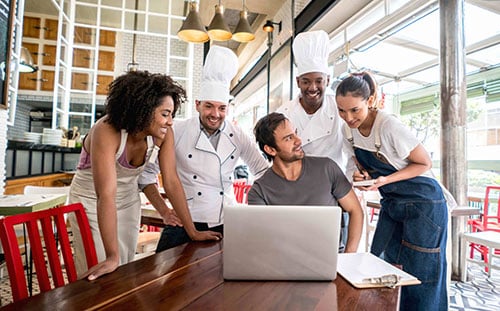
Integrating your POS system with your accounting and scheduling solution also helps you use labor data for forecasting. You can run a daily P&L or prepare a daily payroll accrual. This data allows you to compare your scheduled labor to your actual numbers. This up-to-date information, all stored and analyzed in one place, can help you spot and react to labor issues, and address them proactively.
3. Control food costs with vendor integration
To streamline the many steps of the inventory lifecycle, consider starting with your Accounts Payable (AP). AP Automation can help you directly integrate your inventory system with food vendors, optimizing many costly parts of the process and providing valuable insight.
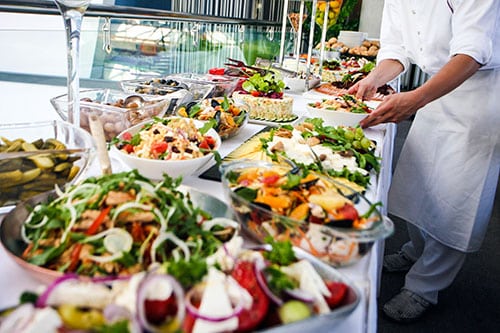
This real-time data-entry and reporting has many benefits. First of all, with integrated receiving, AP automation technology catches precise data, like vendors straying from contracted prices. Beyond invoice processing and payment, AP Automation also allows you to see real-time and long-term insights into food costs. An all-in-one solution can provide up-to-date variance alerts, COGS reporting, and dashboards about how food costs are trending over time in different locations.
Single-platform AP Automation can also inform tools like suggestive ordering, allowing you to utilize data about historical usage to make accurate orders, including amounts, from the purchasing assistant tool – optimizing inventory purchases to reduce over-ordering and food waste.
4. Streamline restaurant inventory management to save time
Anyone who has stood in a walk-in cooler, a clipboard and dozens of sheets of paper in hand, knows that taking inventory can be a drawn-out, inefficient process. Streamlining this crucial task can save you time and improve your accuracy.
Consider a single inventory management tool that allows you to use technology in the palm of your hand – simplifying inventory counting using a phone or tablet app. Features like shelf-to-sheet counting or built-in calculators can speed up the process, leading to significant time savings. Using one comprehensive software solution has other benefits: merging your accounting and inventory into a single platform means that a journal entry can be calculated and created automatically, saving even more time and resources.
5. Increase profits with restaurant menu engineering
Menu engineering is a marketing tool. The goal with menu engineering is to maximize profitability by moving the most profitable and popular menu items to the top of your menu to encourage customers to buy what you want them to buy. With menu engineering, sales mix polling, brought in from your POS, combined with recipes, built out with costing, integrates critical data about quantities sold compared to item margin. It allows you to make informed decisions about popularity versus profitability.
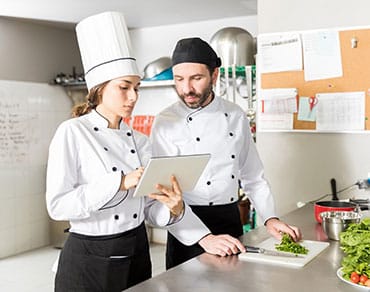
This data can help you make informed menu updates. Applying these metrics to dashboards provides insights into menu opportunities, helping you determine what items to add or remove from your menu, what price increases and decreases are necessary, and where items should be placed on your menus.
6. Compare actual vs. theoretical food costs to optimize spending
Understanding the gap between your actual vs. theoretical food costs can help you implement efficiencies in food costs. The variance between actual and theoretical food costs is the difference between what you should spend on food in a given period, compared to how much you actually spent on food in that same period. This variance represents lost profit.
A restaurant management platform that allows you to accurately and automatically measure your food cost variance points you toward where you should focus first. Once the gap is identified, you can streamline troubleshooting activities like addressing waste, errors, portioning, and theft. With accurate, real-time data reporting, you can optimize your response and grow your profit margin.
Conclusion
All technology can be used to streamline processes and save time. But more advanced technology that integrates sales, labor and scheduling data and tells you how to run your business more efficiently can reduce food costs, optimize labor and increase profits.
If you are interested in streamlining your operations without costly custom integrations or multiple systems, consider a comprehensive, restaurant-specific management solution. Restaurant365 incorporates restaurant accounting software and restaurant operations software into an all-in-one, cloud-based platform that is fully integrated with your POS system, food and beverage vendors, payroll vendor and bank. For more information, read our e-book, Guide to Restaurant Technology to Scale for Growth.



